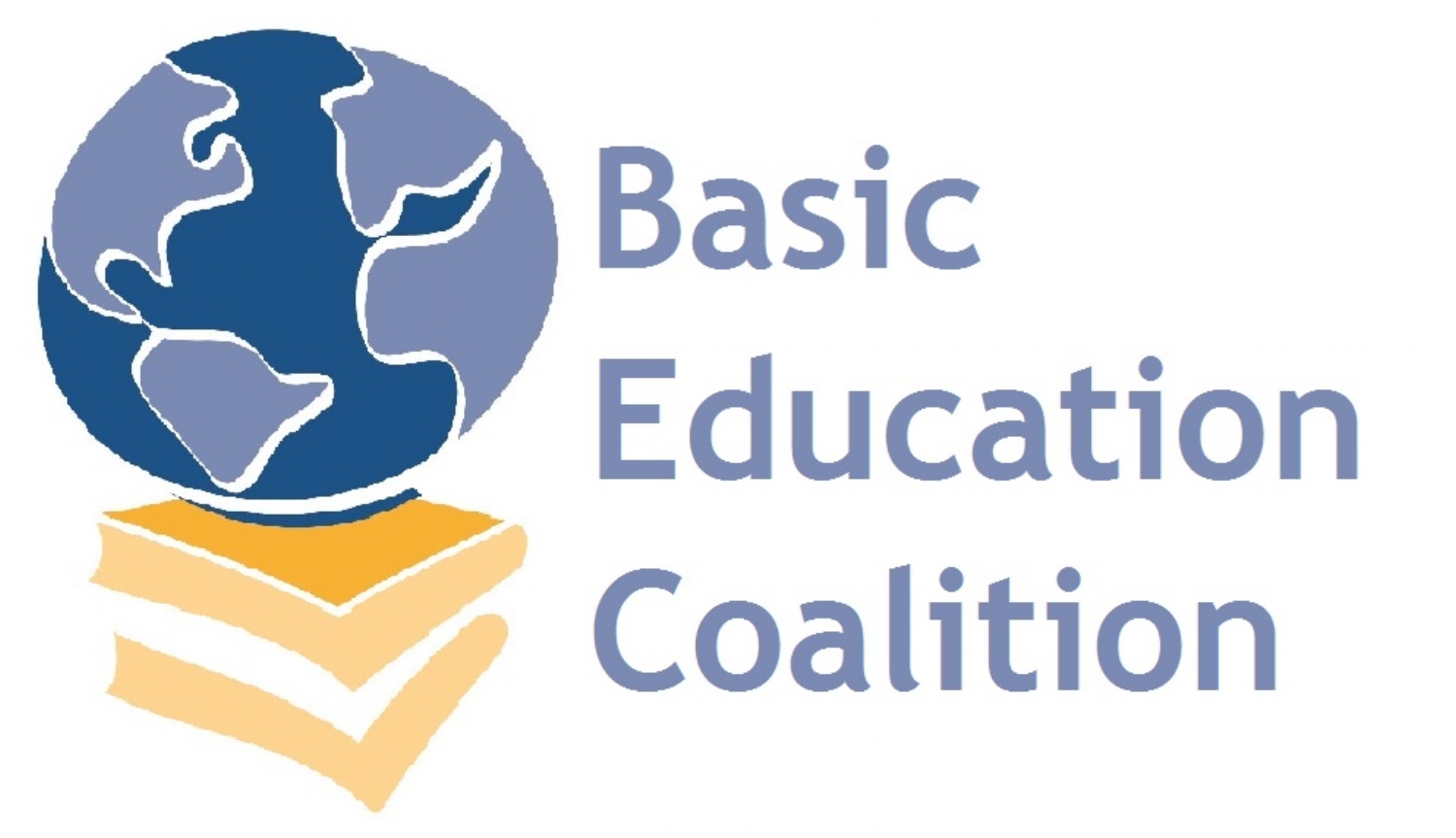Written by BEC member Team4Tech (Jody Britten, Head of Research and Innovation, Team4Tech, and Paul Atherton, Fab Inc.)
Artificial intelligence (AI) continues to emerge as a possible solution to many of our greatest education challenges. The community of thought leaders at Ai-for-Education.org are working to revolutionize how education can harness the power of AI in safe, sustainable, and supported ways.
The vision for Ai-for-Education.org is to ensure equitable access to AI’s potential to improve learning—inclusive of all children and teachers, irrespective of their socioeconomic status. Traditional education systems often struggle to meet the diverse needs of students, resulting in unequal learning opportunities. We are collaborating to guide the development of AI educational tools in low- and middle-income countries (LMICs), and are investing in AI development, supporting innovations, and helping to facilitate necessary conversations to ensure that AI use and access does not create further inequity for educators and learners globally.
AI for Education has engaged stakeholders through open facilitated discussions, making every effort to encourage open and accessible global conversations. To date, stakeholders have included educators, NGO leaders, policymakers, professional organizations, thought leaders, and EdTech and AI developers from the private sector.
Drawing from our convening on AI & Assessments, our work has resulted in critical findings, including:
When we talk with stakeholders about how AI can help plan and develop fair, valid, and valuable assessments for teachers, learners, and other stakeholders, there is clear evidence around three shared concerns. We can organize those concerns into three consistent focus areas: accuracy, transparency (or explainability), and scalability.
a. Accuracy focuses on how well AI performs when predicting or classifying data and helping us draw conclusions about student learning.
b. Transparency focuses on our ability to understand and interpret the decisions or predictions made by AI models so that we leverage human oversight without replicating human errors.
c. Scalability is the ability of the AI system to efficiently expand its operations and adapt to the increased scope and complexities that come with growth. As such, we need to ensure that AI tools are transferable, contextually and culturally appropriate, and equitable regarding associated data and training costs.
2. Stakeholders have identified technical challenges with using AI for marking, analyzing, and improving learning. While there was agreement that using AI for assessing and evaluating student work will free teachers from a time-consuming task, we need to think more about using freed-up time to improve the quality of learning. Stakeholders have also shared the potential for AI to support the analysis and understanding of assessment data on a larger scale (including multi-country or multi-context issues). The development of tools to support AI in assessment presents an opportunity to rethink typical modes of student assessment. Stakeholders also consistently identified the financial barriers to using AI, including data analysis and high infrastructure costs to operate AI assessment tools at scale.
The potential is vast. We recognize the need to prioritize as a sector, directing our efforts into investing in the ideas and tools that hold the most promise. After diving deep into assessments, we stepped back and hosted a working group discussion on practical ideas of how AI can enhance education. Using AI tools for translation and personalized learning emerged as the top priorities for our community. Does this resonate with your experience and context? Building on the discussion, we have put out a long list of ideas on how AI can help with education. Please cast your vote at https://ai-for-education.org/use-cases/.
We continue to share ongoing training opportunities and community discussions around the work of AI in Education with educators through the Team4Tech Global Community of Practice. Educators and nonprofit leaders working to serve learners in under-resourced communities are welcome to join the community and learn more about the resources we are generating to ignite the use of AI to support access to quality education.
Integrating AI in education represents a paradigm shift in how we approach teaching and learning. By addressing education challenges, providing innovative solutions, contributing to the advancement of education, and enabling adaptability, AI can transform the educational landscape and unlock the full potential of every child. Through our work at AI-for-education.org, we are proud to be at the forefront of this transformative journey benefiting learners worldwide. We invite educators and innovators to get involved and help us create positive futures enhanced and empowered by AI. Are you interested in sharing your expertise? Join the conversation at https://ai-for-education.org/get-in-touch/.






